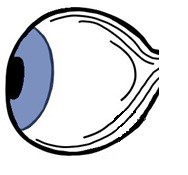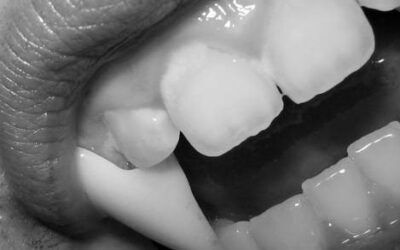The Beauty of Sound: Exploring the Science of Hearing
By Tahmid

Have you ever questioned how it is possible for you to hear your friends laughing, enjoy the sound of birds chirping, or hear the crashing of waves? If the answer is yes, then you are in for a treat. We shall embark on an exciting journey, discovering the real meaning of sound and how our ears enable to us to experience the auditory wonders surrounding us.
What is sound?
Before we study the ears and how they are able to detect sounds, it is important for us to first establish what sound actually is. Like pond ripples, sound is a kind of energy that moves in waves. Any item which vibrates such as a drum, a string or even our vocal cords, can produces these waves, which are then transmitted through the air to our ears, causing our eardrums to vibrate too. The resulting vibrations of the eardrums is what then is converted into electrical signals that our brain can then process and interpret as sound.
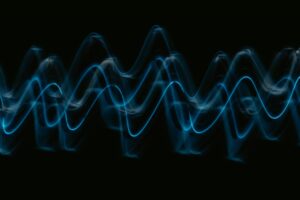
The Ear
Now that we understand what the scientific meaning of sound is, we can finally talk about the main star of the show – the ear! The ear is a fascinating organ, and its function to give us the ability to hear is simply amazing. It is made out of three primary components, which are:
The outer ear
The middle ear
The inner ear
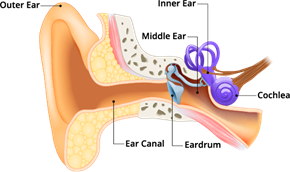
Each component has an integral role in allowing us to hear. To further appreciate the structures that make the ear, look at the diagram above. The outer ear, also known as the pinna, is what we can see on the outside and its role is to capture incoming sound waves and direct them into the ear canal, which is a connection to the middle ear. This is why the ear is sort of similar to a funnel shape, as this is the optimal shape to allow the best sound collection.
The middle ear is further made up of the eardrum and three tiny bones collectively known as the ossicles – for the super keen amongst you, the names of the individual bones are malleus, incus, and stapes (fun fact: the stapes is also the smallest bone in the body!). The function of the eardrum is to simply start vibrating as a result of the incoming sound waves – these vibrations are then further amplified by the ossicles.
The most complex and frankly, magical, part of our ear is the inner ear, which contains a very special organ known as the cochlea. The word “cochlea” comes from the Greek word ‘kokhlias’, which means snail and so, because the cochlea looks like a snail, scientist named this organ after a snail – by now you should know scientists are not very creative in name-giving.
The cochlea is filled with fluid and thousands of microscopic hair cells (in a Centre of the Cell post, cells were bound to come up at some point). Once the amped up vibrations from the ossicles are transmitted to the cochlea, the fluid within the cochlea moves and forms ripples based on the sound vibrations passed on. This movement of the fluid causes bending of the hair cells, and this, by a rather complicated process which is beyond the scope of this post, causes the formation of electrical signals.
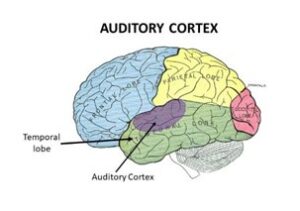
Once the electrical signals are generated, these are then passed along the auditory nerve to the brain, specifically to the auditory cortex, which is found in the temporal lobes. In the auditory cortex, the electrical signals sent by the cochlea are then processed. The way our brain interprets sound is far more in depth than you may think – it is much more than just understanding what the sound received means. When the auditory cortex processes sound, there are three parts to the interpretation – recognition of the sound, localization (i.e. where the sound is coming from) and of course, the meaning of the sound.
Protecting our Ears
It is important to take good care of our ears as they are incredibly sensitive. In order to protect our ears, it is essential to avoid over exposure to loud sounds such as fireworks or loud music. Furthermore, it is important to regularly clean our ears – however, you should most definitely not use a cotton bud. Instead use a washcloth to gently clean the ear, avoiding inserting it into the ear canal. In the case a washcloth is not sufficient, there are over-the-counter ear wax drops which will soften the wax, making it easier to clear. A few drops should be enough, but make sure to follow the instructions given in the product. Applying a few drops of baby oil to the affected ear also can soften the ear wax. An ear syringe can also be used to wash out the ear wax.
Conclusion
Our sense of hearing is extraordinary in its function and allowing us to connect to the rest of the world using sound. Now that we understand the science behind it, we can appreciate our hearing more than before. Therefore, it is important to cherish our ears and protect them.

